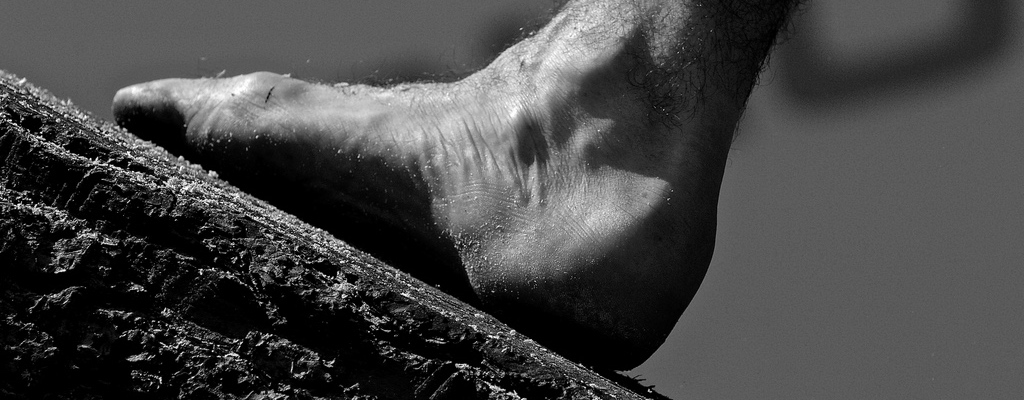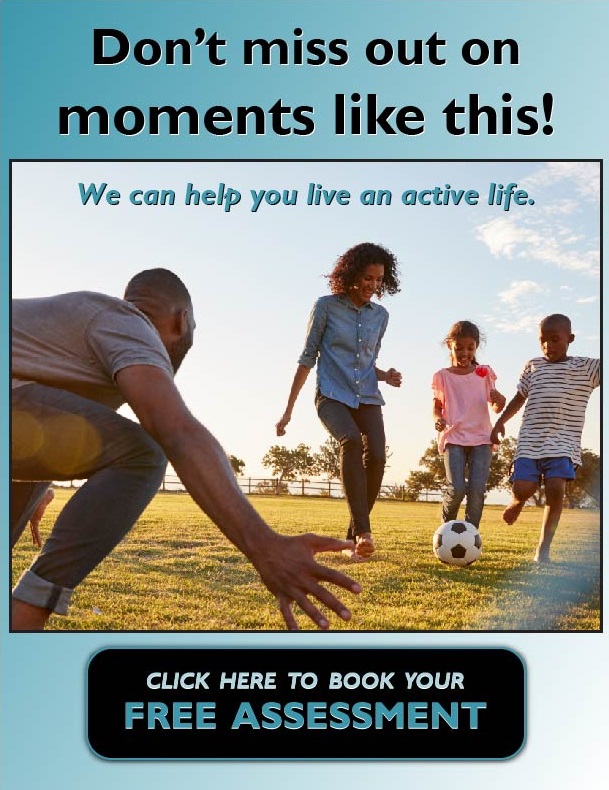
The Human Ankle
Achilles was the great Greek warrior who was defeated in battle by taking an arrow in his heel. John Lennon said, “Time wounds all heels.” In this epic story, it looks like Lennon was right. In the end, an injury to his ankle ended his life.
The foot and ankle are critical for upright function. The ankle is perhaps the most important hinge in your body. Without it, simple walking becomes inefficient. The foot and ankle are a complicated region composed of some 26 bones and 57 joints. The ankle comprises what we call the hindfoot. It consists of only 4 bones (the heel or calcaneus, the talus, the tibial or shin bone, and the fibula. But, it is the site of three essential joints: the ankle joint, the subtalar joint and the midtarsal joint. Without movement, our purposes in life have no pathway. The ankle clears the path for our body to move.
Going for a Walk
Human locomotion is varied and nuanced. We move day in and day out, walking, jogging, running, squatting, climbing, pivoting, and jumping with all of our weight supported over the foot and ankle. Human motion, especially walking, is extremely efficient. The body can move through space while the ankle and foot allow us to maintain contact with the ground while the body pivots over it. In a strange way, we can think of the foot and ankle as the structures through which all lower extremity muscles ultimately produce their action. The ankle and foot literally connect us to the environment we walk on.
Famed clinician and scientist, Dr. Jacqueline Perry of Ranchos Los Amigos Hospital, showed how important the foot and ankle are for human walking. She stated the ankle and foot serve as rockers. The upper body is able to translate forward by rocking over the foot and ankle.
Dr. Perry described three rockers of the foot: the heel rocker, the ankle rocker and the forefoot rocker. When we decide to move forward, the motion is initiated by the body essentially falling forward. One leg is then lifted and swung forward like a giant pendulum. The leg on the ground, what is known as the stance leg, translates over the ankle joint. The heel rocker preserves forward momentum of the body by rolling forward. The ankle rocker is a fulcrum for continued propulsion as the lower leg bones (tibia and fibula) ride over the ankle.
As the heel rises and the center of pressure advances over the ball of the foot, the forefoot rocker (formed by the joints at the ball of the foot, allows continued progress of the body over the foot). As the heel comes off the ground the ankle joint allows the heel to rise, pushing the body forward. The overall function of the rocker system is to allow efficient transfer of the body weight over the foot and ankle.
Below the ankle joint is the subtalar joint — sub meaning below the ankle. The talus is a bone that meshes above with the long leg bones (tibia and fibula) creating the rocker, and sits on top of the calcaneus creating the subtalar (under the talus) joint. This joint allows the foot to roll inward and outward.
So we have a complex joint system that allows the body to move forward and back and allows the foot to roll in and out. This gives the foot the ability to absorb shock and adapt to different surfaces. It also allows the body to twist and turn over the foot while it is planted on the ground.
The stability of this complex movement arises from a passive system and an active system. The ligaments or leather like straps that connect bone to bone create a passive support to the joints. The musculature around the ankle and foot create active support through the contraction forces provided by the muscles. All joints are protected by the passive structural support of the ligaments, the strength of the muscles around the joint, and the body’s unique ability to turn the muscles on at the right time in support of the tasks and activities we engage in.
A full 25% of all injuries occur at the foot and ankle. All it takes is one misstep. With all the connected parts of your body working together to bring motion and meaning to your life, something as small as a crack in uneven ground, a step on another person’s foot, or an unexpected push or twist of the body can injure this important joint. Your ankle, just one part of the interconnected whole, can get injured, stretching and damaging the ligaments and creating a reflexive shut down of the muscles.
Predisposing Causes of Injury
One of the key traits we find in people with foot and ankle dysfunction is gastrocnemius contracture, a tight calf muscle. It often leads to foot problems to include: symptomatic flat foot. pes planus, plantar fasciitis, and strain or rupture of the posterior tibialis muscle. Loss of motion in the ankle can lead to injuries in other parts of the foot or up the chain in the knees or hips.
Your feet and ankles provide a critical component to your overall balance and mobility. When your ankle is sprained or fractured, the loss of mobility is drastic. Once the motion is lost, it is difficult to regain it without focused attention on exercises aimed at restoring mobility.
Most often, the ankle injury you will encounter is an ankle sprain. This is a soft-tissue injury where the ligaments around the bones in your ankle are pulled, stretched, or torn. Sprain severity is graded on a scale of 1-3. Grade 1: partial tear of less than 50% of the ligament. Grade 2: 50% or more of the ligament is torn. Grade 3: Complete tear.
A fracture occurs when there’s an actual break in the bone.
What causes ankle injuries?
Ankle injuries occur commonly in athletics. Most ankle injuries occur when the foot rolls on to its outer side or what is called an inversion sprain. You often see ankle injuries in football where a lineman rolls up the leg of another player or a linebacker awkwardly tackles a running back.
Basketball is another sport where ankle injuries often occur due to the amount of jumping required during the game. You may have seen a time where a player goes up for a rebound and lands awkwardly on the foot, forcing the ankle to bend and twist unnaturally as it tries to bear the full weight of the player’s body.
Beyond sports, though, any movement can lead to ankle injuries. A trip or stumble over rough terrain during a hike, or even an awkward step going up the stairs could create an ankle injury.
What are the symptoms?
You will feel immediate pain and swelling after an ankle injury. Sometimes it is difficult to walk immediately.
How to Treat an Ankle Injury?
The key to a fast recovery is to keep the joint moving without stressing the injured part.
Immediately, you’ll want to modify how much weight you put on the foot to prevent further injury, but it’s important to attempt weight bearing to help promote motion, muscular contraction and function. Early controlled motion is the key to a fast recovery. Modifying the load on your foot and ankle with crutches or a cane allows you to reduce the amount of weight or stress on the joint while maintaining some muscle function and joint motion. As the joint begins to heal and feel better, incremental increases in stress and motion furthers recovery.
For initial treatment during the first 24-48 hours use RICE-MO: Rest, ice, compression, elevation, and movement.
Ice your foot and ankle frequently for at least the first 2 days after the injury.
Use an ace wrap or compression sock to help reduce swelling and promote reabsorption of blood and the by-products of tissue damage.
Elevate the injury in an attempt to reduce the swelling.
Use range of motion exercises of the foot and ankle to promote movement, reduce swelling and to keep the muscles working.
Visit your Physical Therapist
If you’ve injured your ankle, physical therapy can help you get back on track. Excessive use of braces and boots often extend the healing process and slow your recovery. In fact, here are a few ankle exercises you can perform to bring some strength back to the injured area.
Game Ready:
Control of swelling and pain with the use of the Game Ready ice/air compression unit.
Game Ready® is the leader in active compression and cold therapy technology for injury treatment and post-operative recovery.
Early Motion and weight bearing:
Pro-Motion Physical Therapy is one of the few rehabilitation facilities in the country with an Alter G treadmill. This unique un-weighting treadmill provides variable loading through its unique air pressure technology. Weight adjustments can be made in 1% increments that will allow you to train or rehabilitate in gravity controlled environment. The research is clear: this unique un-weighting treadmill allows post-injury patients to get to their goals faster.
Joint Mobilization:
Hands on manual therapy helps restore normal joint mechanics and inhibits pain and muscular inhibition.
Neuro-Muscular re-education:
We have a number of tools and techniques to challenge the muscles of your lower leg to regain their normal strength and control. Balance training helps you regain confidence in your ability to function on one leg.
Home Exercises:
From the start we will provide you with a customized exercise program to help you return to function faster.
Ankle injuries can happen to anybody, but that doesn’t mean you ought to be debilitated long term. Think you might have sprained an ankle recently and it’s been making life difficult? Call Pro-Motion Physical Therapy and get scheduled to have it looked at!
BE Strong!
Be Connected!
Photo credit: Pedro Ribiero Simoes via Flickr/Creative Commons


















